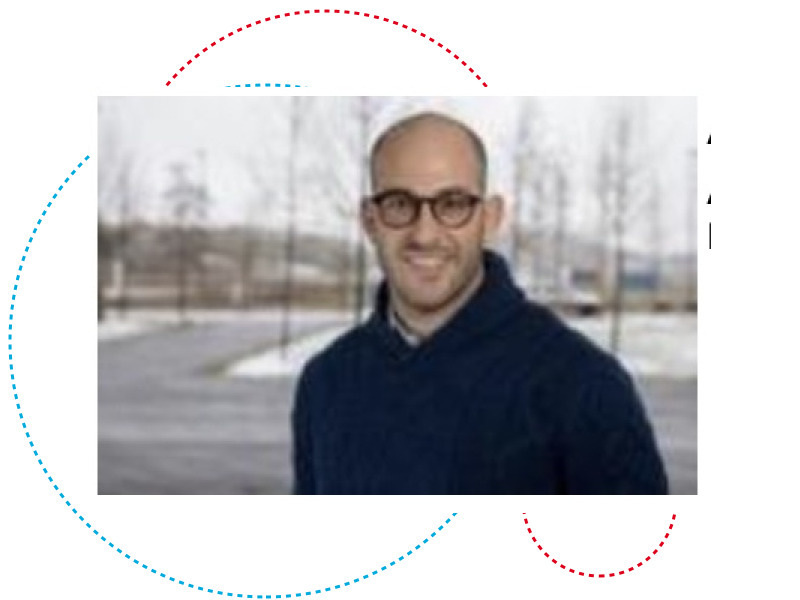Supervisor: Prof. Dr. Arnaud Dupuy, University of Luxembourg
Title: Applying matching models with imperfect transferable utility to diverse markets
The defense will be organized in presenting mode on Campus Kirchberg, room A02.
Alessio’s Thesis Abstract:
The dissertation has presented several applications of matching model with imperfect transferable utility.
Chapter 1 deals with the preferences of the agents forming the Luxembourg childcare market, namely households and childcare providers. The construction of the matching model is complicated by the presence of two types of childcare providers (public and private) and the Luxembourg system of prices which introduces an important element of friction (price is regulated in the public sector and subsidies are o eredto households purchasing private care). By employing administrative data of 2016 from the Ministry of Education, Childhood and Youth (MECY) and the National Insurance System (IGSS) we nd out that the welfare of the households decreases when the pupil-teacher ratio rises and this is substantially pronouncedfor wealthier households. Afterwards we produce a counterfactual scenario by equalizing the teachers’ wageacross the childcare providers and by assessing its effect on the welfare of households. The findings show that the households improve their welfare by choosing providers with tiny pupil-teacher ratio values.
Chapter 2 measures the preferences of the agents forming the (US) labor market, namely workers and firms. Therefore we build a matching model with imperfect transferable utility occurring between worker and firm by emphasizing the frictional role played by the taxation. By employing the 2015 march supplement of the Current Population Survey (ASEC) administered by the US Census, we investigate the e ect of taxation on the jobs mismatch which we de ne through a normative approach as the discrepancy between the level of education of the worker and the job quali cation requirements. The findings clearly indicate that the taxation is able to reduce dramatically the capacity of the rm to compensate for the disutility of the worker. The taxation may therefore trigger two contrasting e ects on the jobs mismatch depending on the worker education: highly educated workers would tend to respond to the taxation by choosing jobs for which they are overeducated (increasing the jobs mismatch) while workers owning at most the high school diploma would react to taxation by choosing jobs more appropriate with their education level (decreasingthe jobs mismatch).
Chapter 3 investigates the decision mechanisms underlying the fruitful collaborations between university department and firm in US. Particularly, we focus on studying the interplay between the geographic proximity (representing the spatial closeness of the agents) and the cognitive proximity (representing the similarity of the knowledge base of the agents) in driving the partnerships between university department and firm. In that case we build a matching model where the R&D tax credit the company bene ts represents the element making the transfer between the university department and rm imperfect. Unfortunately we do not have at our disposal a sample disclosing the observed matching between university departments and firms, and hence we are compelled to create a dataset ad hoc (by merging a sample of US firms from Compustat and a sample of US university departments from National Science Foundation (NSF)). We therefore propose two simulated scenarios: one obtained by varying the level of preferences attached to the geographic proximity, the other obtained by varying the level of preferences attached to the cognitive proximity. The latter can only be measured ex-post (after simulation), moreover we vary the level of preferences associated to the interaction of the rm R&D intensity with the quality of university department (assuming that the complementarity of these variables represents a good indicator of the cognitive similarity). Overall, the findings reveal the potential substitutability between cognitive and geographic proximity.
